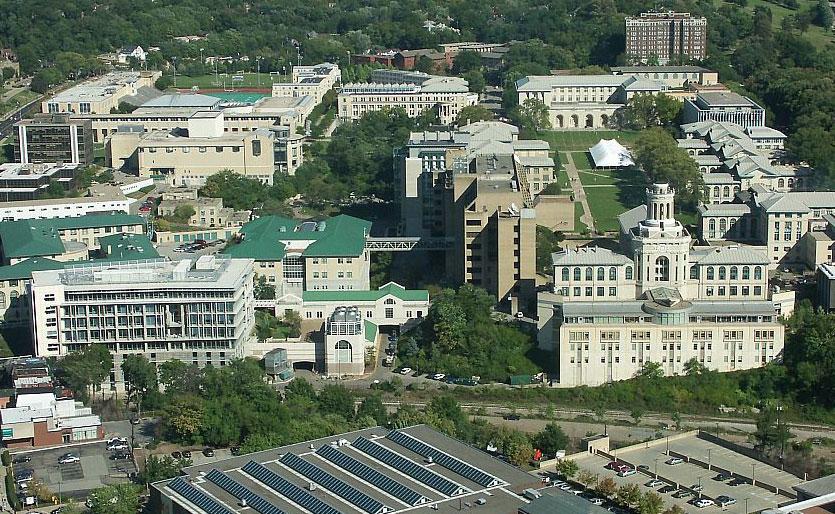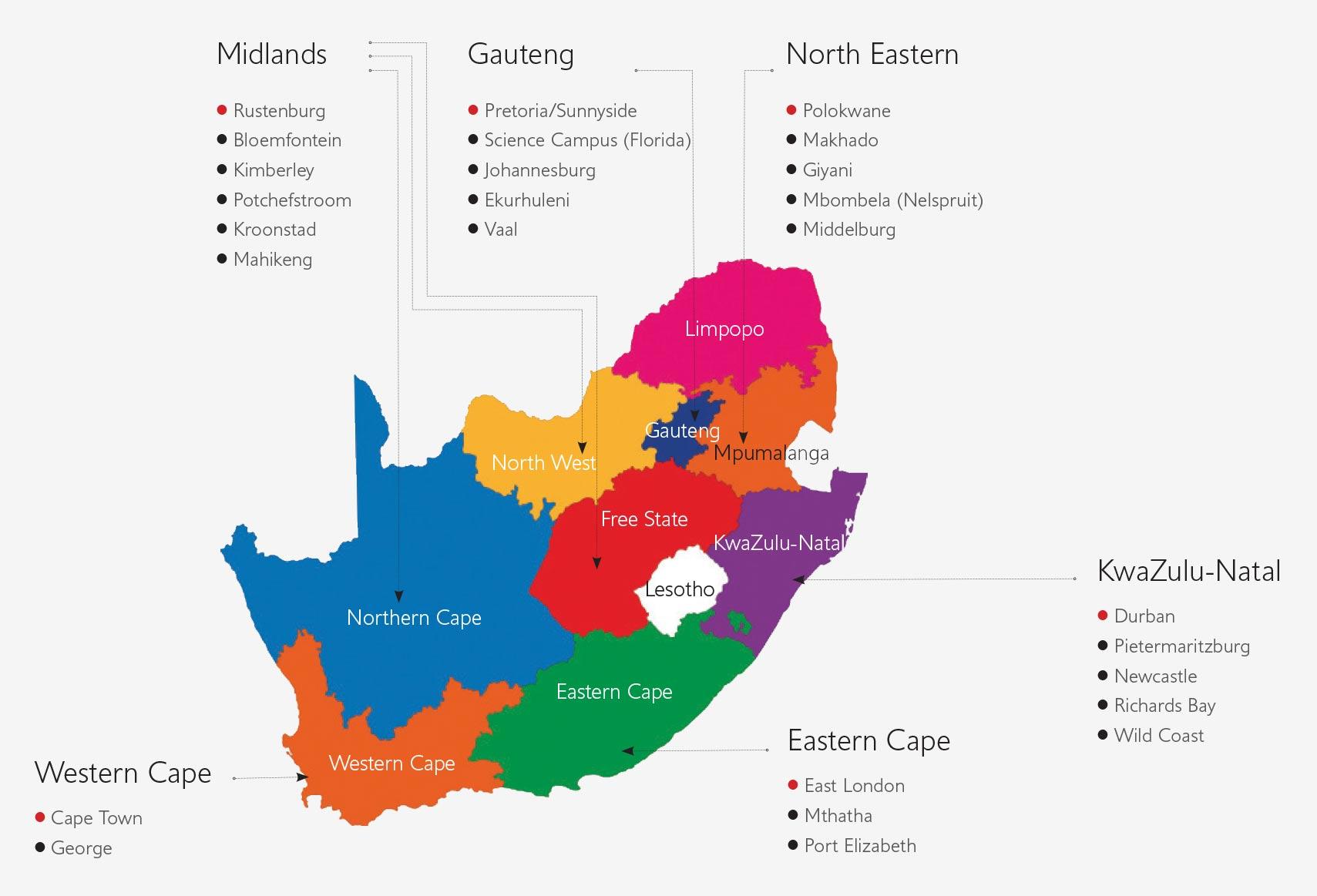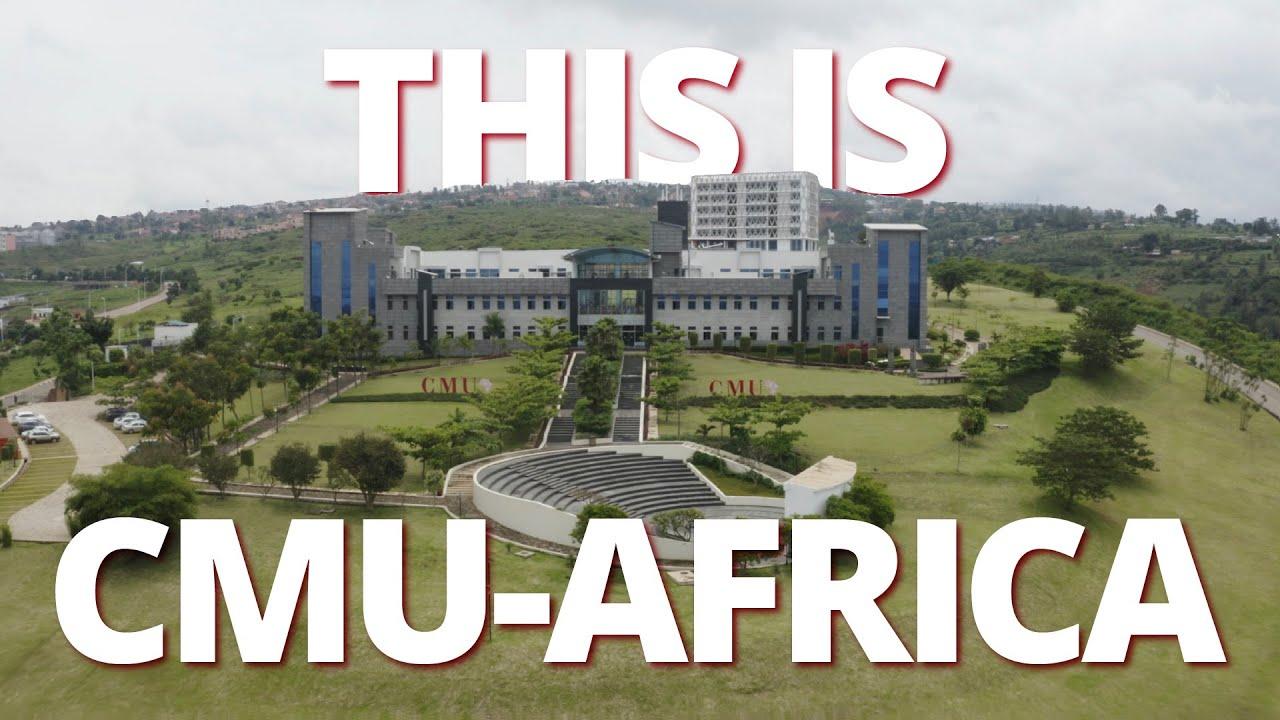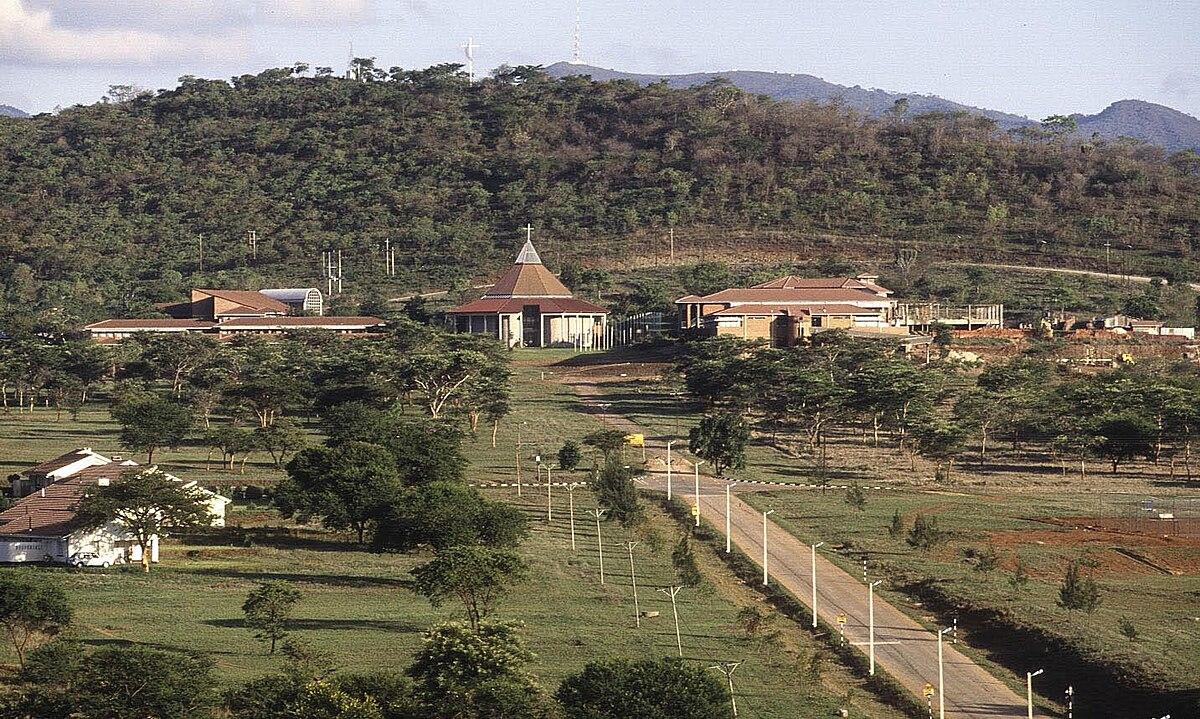In recent years, the academic landscape has witnessed a subtle yet significant shift: universities from around the globe are planting new seeds far beyond their traditional home grounds. Africa, with its vibrant cultures, youthful populations, and burgeoning economies, has emerged as a compelling destination for these educational pioneers. Satellite campuses are no longer just extensions of brick-and-mortar institutions; they represent a bold reimagining of higher education’s reach and relevance. But what is driving this expansion into Africa’s diverse and dynamic continent? This article explores the multifaceted reasons behind the growing presence of international universities in Africa, uncovering how these satellite campuses are reshaping learning, opportunity, and global connections.
Table of Contents
- The Strategic Appeal of Africa for Global Universities
- Navigating Cultural and Educational Diversity in Satellite Campuses
- Building Sustainable Partnerships with Local Communities
- Leveraging Technology to Enhance Learning and Research
- Recommendations for Ensuring Long-Term Success and Impact
- Frequently Asked Questions
- Insights and Conclusions

The Strategic Appeal of Africa for Global Universities
Global universities are increasingly recognizing Africa as a vibrant landscape ripe with untapped potential. The continent’s rapid urbanization, youthful demographics, and growing middle class create a fertile environment for higher education institutions seeking to expand their reach and impact. By establishing satellite campuses in Africa, universities not only tap into new student markets but also embed themselves in dynamic economies where innovation and entrepreneurship are flourishing.
Moreover, Africa’s diverse cultural tapestry offers a unique educational context that enriches academic programs and research initiatives. Universities can leverage local knowledge systems, languages, and histories to create curricula that resonate deeply with students and communities alike. This strategic positioning allows institutions to contribute meaningfully to development goals while fostering global citizenship among their students.
Key strategic advantages include:
- Access to a growing pool of talent: With over 60% of the population under 25, Africa presents a vast, eager demographic for higher education.
- Opportunities for partnership: Collaborations with local businesses, governments, and NGOs enhance research relevance and funding prospects.
- Diverse research environments: From technology hubs to ecological hotspots, Africa offers rich grounds for interdisciplinary studies.
- Strengthening brand presence: Early entry into emerging markets builds long-term institutional influence and alumni networks.
| Factor | Impact on Universities | Example |
|---|---|---|
| Youth Demographics | Expands student enrollment potential | Over 400 million people aged 15-24 |
| Economic Growth | Enhances funding and partnership opportunities | Projected 4.5% GDP growth (2024) |
| Cultural Diversity | Encourages innovative, localized curricula | 54 countries with 2,000+ languages |
Navigating Cultural and Educational Diversity in Satellite Campuses
Establishing satellite campuses in Africa requires universities to embrace the rich tapestry of cultural and educational diversity that the continent offers. Each region comes with its own unique traditions, languages, and learning styles, which challenges institutions to be both flexible and innovative in their approach. Universities must go beyond a one-size-fits-all curriculum and instead co-create educational programs that resonate locally while maintaining global standards.
Successful integration depends heavily on understanding community values and collaborating with local educators. This approach fosters an environment where students feel represented and empowered. It also encourages the inclusion of indigenous knowledge systems alongside contemporary academic disciplines, enriching the educational experience for all stakeholders.
Key strategies for navigating this diversity include:
- Developing multilingual course materials to accommodate diverse language backgrounds
- Embedding cultural competency training for faculty and staff
- Promoting student-led cultural exchange initiatives
- Adapting teaching methods to align with local learning preferences
| Challenge | Adaptive Solution |
|---|---|
| Language Barriers | Offering courses in multiple languages and using translation technology |
| Differences in Educational Backgrounds | Implementing bridging programs and personalized tutoring |
| Cultural Norms and Expectations | Engaging community leaders and cultural advisors in curriculum design |

Building Sustainable Partnerships with Local Communities
Universities venturing into new territories understand that their success depends heavily on fostering genuine relationships with the communities they serve. Establishing satellite campuses in Africa is not merely about infrastructure or student recruitment; it’s about weaving the institution into the social and cultural fabric of the locality. This means engaging local leaders, understanding community needs, and co-creating programs that resonate beyond the classroom.
Collaboration, respect, and mutual growth form the pillars of these partnerships. Universities often initiate community forums and workshops, inviting voices from various sectors-business, education, government, and grassroots organizations. Such platforms encourage dialogue, ensuring that academic offerings align with regional development goals and create meaningful opportunities for local residents.
Moreover, sustainable partnerships are nurtured through continuous investment in community-driven projects. From healthcare initiatives to environmental conservation, these collaborations highlight the university’s commitment to long-term impact rather than short-term presence. By intertwining local expertise with academic resources, both the institution and the community benefit in profound and lasting ways.
- Local Employment: Hiring community members for campus roles and services
- Knowledge Exchange: Joint research projects addressing local challenges
- Capacity Building: Scholarships and training programs tailored for residents
- Cultural Integration: Celebrating local traditions within campus life
Leveraging Technology to Enhance Learning and Research
Universities expanding into Africa are embracing cutting-edge technology to bridge geographical divides and foster vibrant academic communities. Digital platforms enable seamless collaboration between satellite campuses and their main counterparts, ensuring that students and faculty have access to the same resources regardless of location. This interconnectedness cultivates a dynamic learning environment where ideas flow freely and innovation thrives.
Smart classrooms equipped with interactive tools and real-time analytics are now standard in many African satellite campuses. These technologies not only enhance student engagement but also provide educators with critical feedback to tailor their teaching methods effectively. Virtual labs and simulation software empower learners to explore complex concepts through immersive experiences, often compensating for limited physical infrastructure.
Moreover, research initiatives benefit immensely from these technological advances. Cloud computing and big data analytics allow scholars to process large datasets collaboratively, accelerating discoveries in fields such as health sciences, environmental studies, and agriculture. Collaborative online platforms also facilitate partnerships with local communities, ensuring research remains grounded and impactful.
- Access to global academic journals and databases through university-wide subscriptions
- Virtual exchange programs connecting students across continents
- AI-driven personalized learning paths that adapt to individual student needs
- Remote mentorship and tutoring from experts worldwide
| Technology | Benefit | Example Use |
|---|---|---|
| Virtual Reality (VR) | Immersive learning experiences | Medical training simulations |
| AI Analytics | Customized learning feedback | Adaptive quizzes and assessments |
| Cloud Platforms | Collaborative research | Shared data repositories |
| Video Conferencing | Real-time lectures and seminars | Cross-campus guest lectures |

Recommendations for Ensuring Long-Term Success and Impact
To cultivate enduring success in satellite campuses across Africa, universities must prioritize community integration. Building strong partnerships with local stakeholders-not only governments but also businesses, NGOs, and cultural groups-ensures that programs remain relevant and responsive to regional needs. This fosters mutual trust and creates a sustainable ecosystem where education serves as a catalyst for socioeconomic development.
Investment in faculty development and continuous capacity-building is equally crucial. Attracting and retaining talented educators who understand both global academic standards and local contexts guarantees a high-quality learning experience. Offering professional growth opportunities and embracing hybrid teaching methods will empower staff to innovate and adapt to the dynamic educational landscape.
Universities should also embed technology and infrastructure resilience into their long-term strategies. Reliable digital platforms, modern laboratories, and sustainable campus facilities create an environment conducive to cutting-edge research and hands-on learning. This infrastructure must be scalable and adaptable to evolving demands, ensuring that the campus remains competitive and resource-efficient.
| Key Focus | Action Points | Expected Impact |
|---|---|---|
| Community Integration |
|
Enhanced relevance and trust |
| Faculty Development |
|
High-quality education delivery |
| Technology & Infrastructure |
|
Robust learning environment |
Frequently Asked Questions
Q&A: Satellite Campuses – Why Universities Are Expanding to Africa
Q1: What exactly are satellite campuses?
A1: Satellite campuses are branch locations of universities established away from their main campus, often in different cities or countries. They offer students access to the institution’s programs and resources without the need to relocate to the university’s original home base.
Q2: Why are universities increasingly setting up satellite campuses in Africa?
A2: Africa presents a dynamic mix of growing youth populations, expanding economies, and rising demand for quality higher education. Universities see satellite campuses as a way to tap into this potential, foster local talent, and contribute to regional development, all while expanding their global footprint.
Q3: How do satellite campuses benefit African students?
A3: Satellite campuses provide African students with access to internationally recognized degrees and curricula without bearing the cost or challenge of studying abroad. They also create opportunities for cross-cultural exchange, skill development, and networking within a familiar environment.
Q4: Are these campuses just replicas of their parent institutions?
A4: Not necessarily. While they maintain core academic standards and program structures, satellite campuses often tailor their offerings to local needs and contexts. This localized approach ensures relevance and enhances the impact on the community and economy.
Q5: What challenges do universities face when expanding to Africa?
A5: Challenges include navigating regulatory landscapes, ensuring quality assurance, building infrastructure, and fostering partnerships with local stakeholders. Additionally, cultural differences and economic disparities require thoughtful strategies to ensure sustainable operations.
Q6: How do satellite campuses impact the local higher education landscape?
A6: They introduce new academic models, promote competition, and encourage innovation. This can lead to improved quality and accessibility in higher education overall, stimulating a more vibrant and diverse academic ecosystem.
Q7: Could satellite campuses contribute to brain drain?
A7: On the contrary, they can help mitigate brain drain by providing local access to quality education, reducing the need for students to study abroad. Moreover, they encourage graduates to stay and contribute to their home countries’ development.
Q8: What does the future hold for satellite campuses in Africa?
A8: With ongoing investments and collaborations, satellite campuses are poised to become key players in Africa’s education sector. They will likely expand their program offerings, invest in research, and deepen ties with local industries, helping to shape the continent’s knowledge economy.
Q9: How can students and communities maximize the benefits of these campuses?
A9: By actively engaging in campus activities, pursuing partnerships with local businesses, and advocating for inclusive policies, students and communities can ensure that satellite campuses serve as engines of opportunity and innovation.
Q10: In summary, why is this expansion important globally?
A10: Satellite campuses in Africa represent more than educational outlets; they are bridges connecting diverse cultures, economies, and ideas. This expansion fosters global collaboration and helps address worldwide challenges through education, research, and shared knowledge.
Insights and Conclusions
As universities continue to look beyond traditional borders, satellite campuses in Africa are emerging as vibrant hubs of innovation, opportunity, and cultural exchange. These outposts not only extend academic reach but also weave global networks that enrich both students and institutions alike. In embracing Africa’s dynamic landscapes and diverse communities, universities are not just expanding their footprints-they are planting seeds for a future where education knows no boundaries and where knowledge flows freely across continents. The story of satellite campuses is, ultimately, a story of connection, growth, and the shared pursuit of learning in an increasingly interconnected world.

